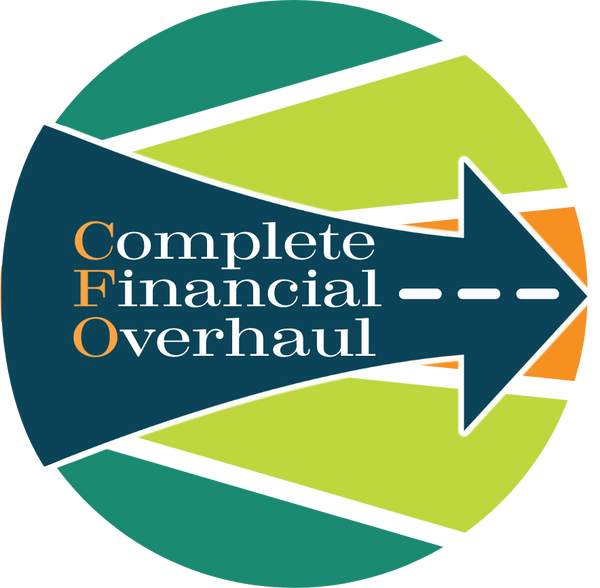How to Improve Your Spending Habits Through Reflection
Share
How to Improve Your Spending Habits Through Reflection
Have you ever looked at your bank statement and wondered where all your money went? You're not alone. Many of us find ourselves puzzled at the end of the month, trying to figure out how so much was spent so quickly. But fret not! By incorporating a little reflection into your routine, you can gain control over your finances and start spending smarter. Here’s a friendly guide on how you can improve your spending habits through reflection.
Let’s start with the basics: what is reflection in the context of financial management? Reflection is taking the time to think back on your spending decisions and evaluating whether those choices align with your financial goals and values. This isn’t about beating yourself up over a splurge at your favorite restaurant last weekend; it’s about recognizing patterns that could either be nudging you closer to, or further from, your financial goals.
Step one: Track your spending. You can’t reflect on what you don’t know, so start by keeping a detailed log of where your money goes each day. Whether it’s a morning coffee, an impulse buy, or a necessary bill, write it down or use a budgeting app. This will give you a clear picture and make the next steps much easier.
Step two: Set aside time for reflection. This could be once a week or once a month, but the key is consistency. During this time, review your spending log. Ask yourself: Which of these purchases were really worth it? Did this spending contribute to my long-term goals, like saving for a house or planning a vacation? Or did I indulge in momentary pleasures that now seem insignificant?
Step three: Identify triggers and trends. Maybe you tend to overspend in social situations, or perhaps stress leads you to online shopping sprees. By identifying these patterns, you can develop strategies to counteract them. If you’re a social spender, budget a set amount for outings. If stress sends you to shopping sites, try replacing that habit with a healthier one, like exercise or meditation.
Step four: Set specific, achievable goals. Instead of a vague ambition like “spend less money,” set targeted goals such as “cook at home at least five days a week” or “limit coffee shop visits to twice a week.” These specific goals are easier to measure and stick to, providing clear benchmarks for your progress.
Step five: Celebrate successes and learn from missteps. Reflection isn’t just about identifying what goes wrong; it’s also about recognizing what you’re doing right. Celebrate the weeks you stick to your budget, and carefully analyze the ones where you don’t. Learning from both successes and failures can propel you toward better financial health.
Incorporating reflection into your financial habits isn’t just about saving money—it’s about investing in your future self. By taking the time to reflect on your spending habits, you can make informed decisions that not only preserve your bank account but also enrich your life. Remember, every penny spent is a choice. Make choices that lead you to the life you want to live. Happy reflecting!
